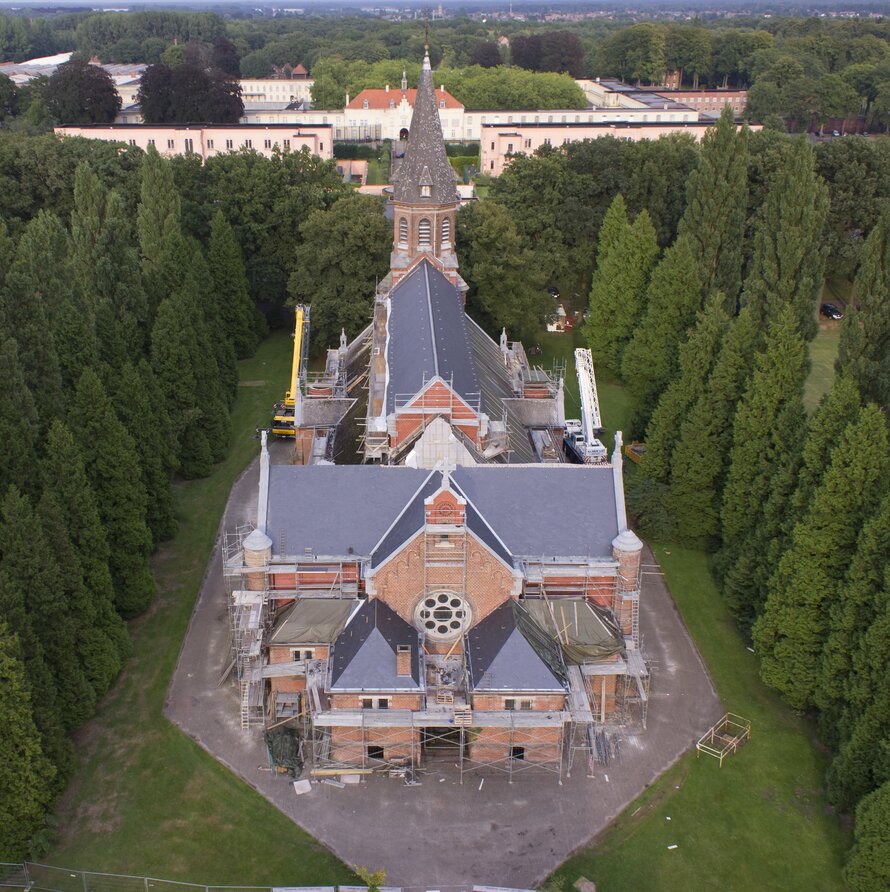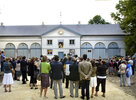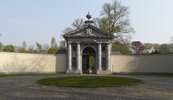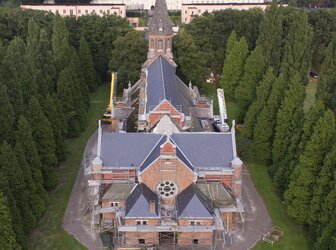"Kempens Landschap" (Kempens Landscape) association , Antwerp province
Kempens Landschap is a landscape association established in 1997 in the province of Antwerp. It is unique to Belgium. It manages some 800 hectares of historically valuable land, generally in the capacity of co-owner, and within this multi-disciplinary management, both the ...
Read more
Project details
| Title: | "Kempens Landschap" (Kempens Landscape) association , Antwerp province |
|---|---|
| Entr. year: | 2014 |
| Result: | Grand Prix |
| Country: | Belgium |
| Category type: | organisation |
| Architect / Proj.leader: | Dedicated service by individuals or organisations |
| The Jury's citation: | "The Jury could hardly conceive a more powerful example of the implementation of the European Landscape Convention, at the end of its first decade. Kempens Landschap has worked out a unique approach to conserving and managing a variety of built and natural heritage sites, located across most of the 70 municipalities of Antwerp province. The Jury was particularly impressed with the new future now assured for the unique 'Rijksweldadigheidskolonies' (National Charity Colonies)." |
| Web, Links: | www.kempenslandschap.be/en/ |
Description:
Kempens Landschap is a landscape association established in 1997 in the province of Antwerp. It is unique to Belgium. It manages some 800 hectares of historically valuable land, generally in the capacity of co-owner, and within this multi-disciplinary management, both the conservation of cultural and natural heritage, and public access to the spaces, receive equal priority. The areas concerned embody a rich and complex history. The starting point for Kempens Landschap was the landscape's use for 19th century 'National Charity Colonies', spaces where poor families and vagrants from the cities were sheltered and provided with agricultural relief work, housing and even burial. This period gave the environment its dense character of hedges, lanes and small fields we can see today - and which make it a candidate for World Heritage status. But within it, there is too a significant heritage of earlier religious buildings, agricultural history involving mills and farms, and several military forts. On top of that the conservation of nature is important too. It is a heavy programme, managed with inspiration by a young team, extensively supported and a model of growing influence.







